Matthew Flinders’ body found near London’s Euston Station
The remains of Matthew Flinders, the first explorer to sail around Australia, have been located in an archaeological dig at a train station in central London.
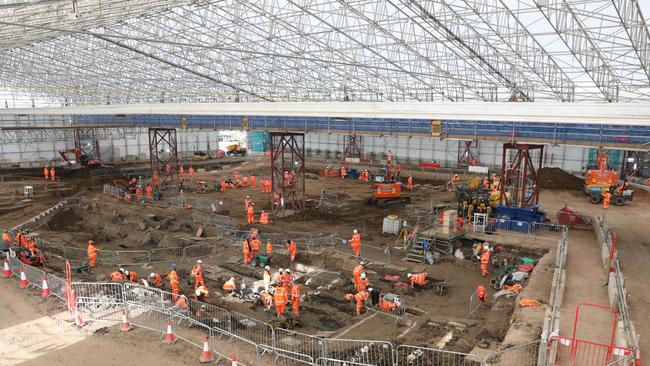
The remains of English colonial explorer Matthew Flinders have been located in an archaeological dig at a train station in central London.
Captain Flinders, the first man to circumnavigate Australia, was located among 40,000 human remains in an old burial ground near Euston Station.
The old St James’ Gardens burial grounds are being excavated to make way for England’s new high speed train, and archaeologists are excavating the site ahead of the construction works.
AUSTRALIA DAY: Why we should celebrate Matthew Flinders
TEST YOURSELF: A truly hard Australia Day quiz
DAY DEBATE: The history of Australia Day
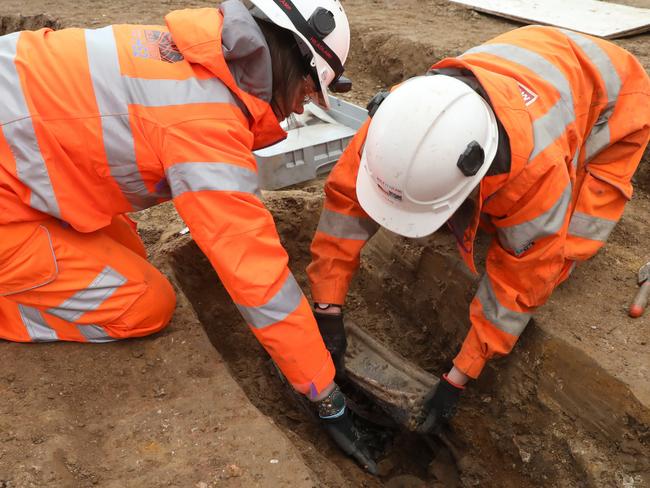
Capt Flinders’ identity was confirmed through a lead breastplate that had been placed atop his coffin.
He had been buried there on July 23, 1814, but his headstone was removed during an expansion of the Euston Station in 1840 and it was feared he was lost forever among the others buried in the giant cemetery.
A persistent myth had it that he was buried under platform 15.
Now, his remains will be reinterred along with the others excavated from Euston at a place to be determined.
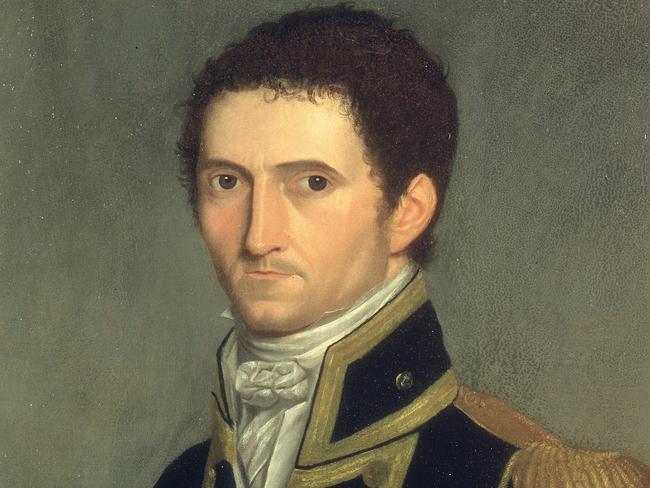
Australia’s High Commissioner to the UK George Brandis said: “Matthew Flinders was one of the great early European explorers of Australia and the first person to circumnavigate the continent, so the discovery of his remains is a matter of great importance to Australia.”
A Royal Navy explorer, cartographer and navigator, Capt Flinders made several journeys to the continent now known as Australia, and, aboard HMS Investigator, sailed the entire coast of Australia in the very early 1800s.
During the circumnavigation, on April 8, 1802, Capt Flinders met up with French explorer Nicolas Baudin and his ship Le Geographe at what is now called Encounter Bay, near Victor Harbor south of Adelaide. The two captains exchanged information about the strange land they were charting.
Capt Flinders’ voyage proved Tasmania was an island, and he is credited with giving Australia its name when he published the works A Voyage to Terra Australis — before dying the next day, July 19, 1814, at the age of just 40.

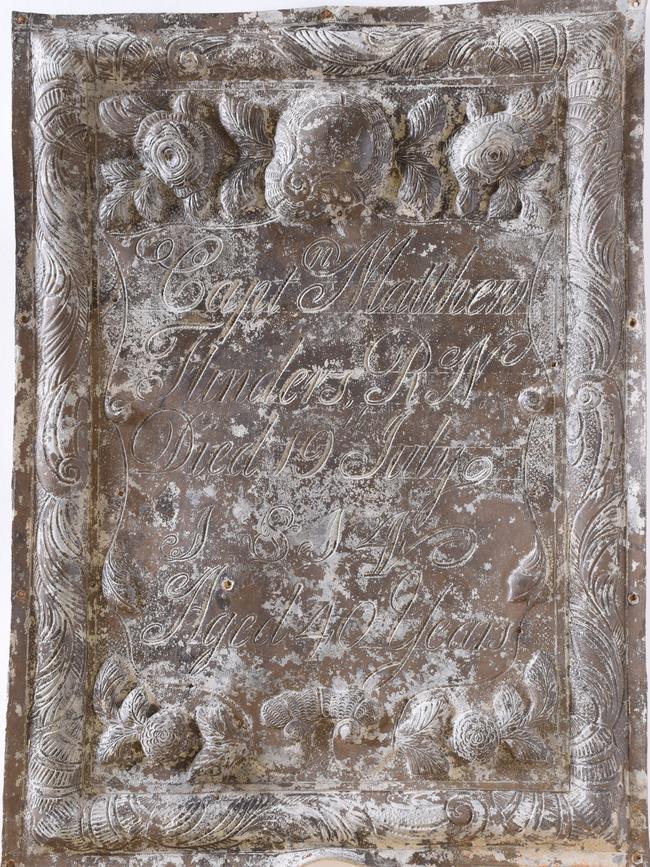
A number of Australian landmarks are named for him, including Flinders Street Station in Melbourne and the Flinders Ranges in South Australia.
Archaeologists are preparing the ground for the HS2 project — a fast train from London to Birmingham — have found the old St James’ Gardens burial ground contains the remains of a number of notable people, including James Christie, a British naval officer who went on to become an auctioneer and founded Christie’s auction house in 1766.
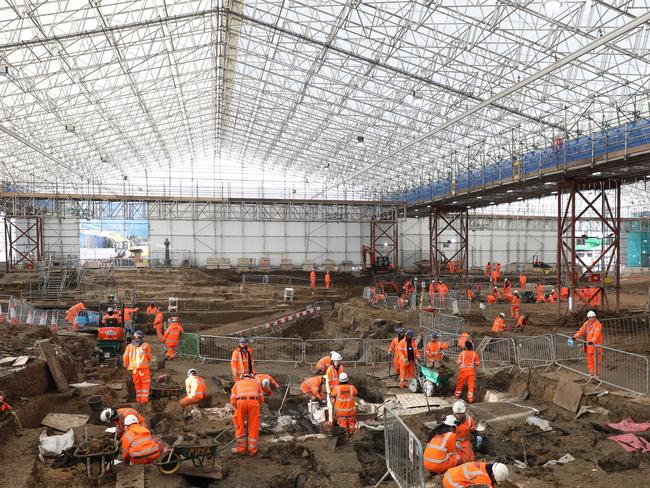
Helen Wass, HS2 head of heritage, said the discovery of Capt Flinders’ remains was an opportunity learn more about his life and achievements.
“Given the number of human remains at St. James’s, we weren’t confident that we were going to find him,’’ Ms Wass said.
“We were very lucky that Capt Flinders had a breastplate made of lead meaning it would not have corroded. We’ll now be able to study his skeleton to see whether life at sea left its mark and what more we can learn about him.’’
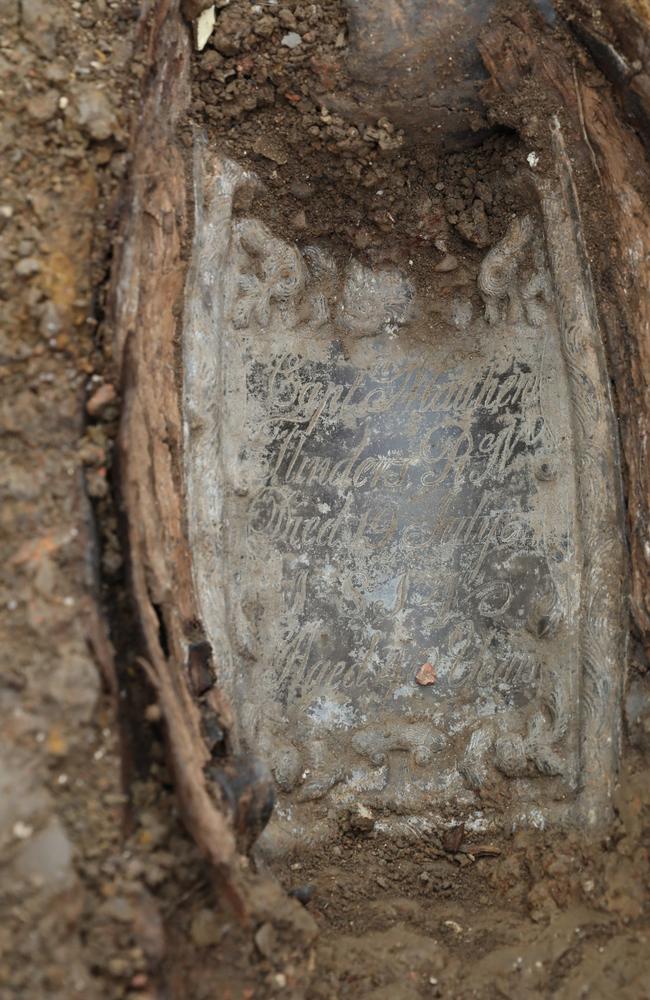
The chief executive of the HS2 project Mark Thurston said an “unprecedented amount of archaeology’’ was taking place between London and Birmingham as a result of the project.
“The discovery of one of Britain’s most significant explorers helps us tell stories of our past as we prepare to build a high speed rail network that is an important part of our future,’’ he said.
Originally published as Matthew Flinders’ body found near London’s Euston Station


